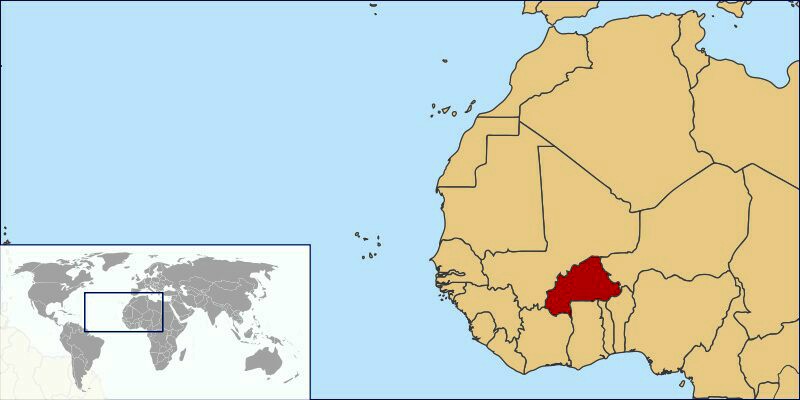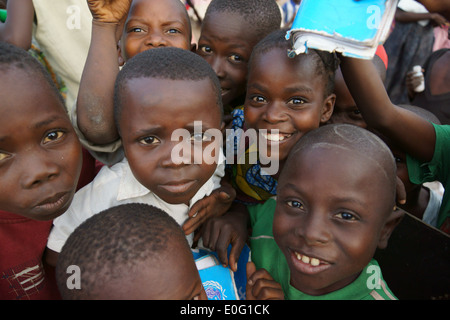

History Trust of South Australia will endeavour to moderate user stories within 48 hours of submission. Please leave an email address if you would like to remain updated about your submission. Moderation of user contributions will occur as soon as possible but submission through this form does not guarantee publication to this site. User stories and favourites will be moderated before they are published to the site. Offensive language is automatically checked by the system. The 2016 census recorded 319 Ghanaian-born South Australians, while 224 people said that they were of Ghanaian descent. The 2011 census recorded 214 Ghanaian-born South Australians, while 138 people said that they were of Ghanaian descent. The 2006 census recorded 132 Ghanaian-born South Australians, while 92 people said that they were of Ghanaian descent. The 2001 census recorded 56 Ghanaian-born South Australians, while 36 people said that they were of Ghanaian descent. South Australia had 2.5% of Australia’s Ghanaian-born, these numbered 37 in the 1996 census. Twenty-nine people said that their mothers were born in Ghana, and 38 that their fathers were. Ghanaians were first listed as a separate category in Australian census data in 1991.Īccording to the 1991 census there were 33 Ghanaian-born South Australians. For information on community activities and organisations consult the African entry. Others came to Australia via Europe and Asia. First arrivals were those selected by Australian immigration officials in Cairo, Egypt.

In 1984 Australia began taking a regular quota of African refugees, including people from Ghana. History of Immigration and SettlementĪfrican and Asian Ghanaians have immigrated to Australia since 1973 when the 1901 Immigration Restriction Act, better known as the White Australia Policy, was abolished. It is bordered by the Ivory Coast to the west, Upper Volta to the north, Togo to the east and the Atlantic Ocean to the south. This anthem was replaced in 1984 by a new anthem, the Ditanyè.The Republic of Ghana is in West Africa. We will make you stronger and more beautiful
Republic of upper volta refugees plus#
Nous te ferons et plus forte, et plus belle Thomas Sankara (4 August 1983 to 14 October 1987).Gérard Kango Ouedraogo (13 February 1971 to 8 February 1974).Paul Masson (February 1959 to 5 August 1960).įrom 1971 to 1987, the Republic of Upper Volta was led by a prime minister:.Max Berthet (11 December 1958 to February 1959),.Politics įrom 1958 to 1960, the Republic of Upper Volta was led by a high commissioner: Under the direction of Sankara, the country changed its name on 4 August 1984, from Upper Volta to Burkina Faso, which means "Land of Incorruptible People". After the coup, he formed the National Council for the Revolution (CNR), with himself as president.
Republic of upper volta refugees series#
Although multiparty democracy was nominally restored four years later, Lamizana dominated the country's politics until he was himself overthrown in 1980.Īfter a series of short-term presidencies, Thomas Sankara then came to power through a military coup d'état on 4 August 1983. On 3 January 1966, Yaméogo was overthrown in a coup d'état led by army chief of staff Sangoulé Lamizana. He had shown a deep authoritarian streak even before then, however between the time he became prime minister of Upper Volta while it was still a French colony and independence two years later, opposition parties were subjected to increased harassment. Shortly after coming to power, Yaméogo banned all political parties other than the UDV-RDA. A constitution was ratified the same year, establishing presidential elections by direct universal suffrage and a National Assembly with five-year terms. Upper Volta obtained independence on 5 August 1960, with Maurice Yaméogo of the Voltaic Democratic Union-African Democratic Rally (UDV-RDA) becoming the country's first president.

The name Upper Volta indicated that the country contains the upper part of the Volta River. Map showing the Volta River in Upper Volta


 0 kommentar(er)
0 kommentar(er)
